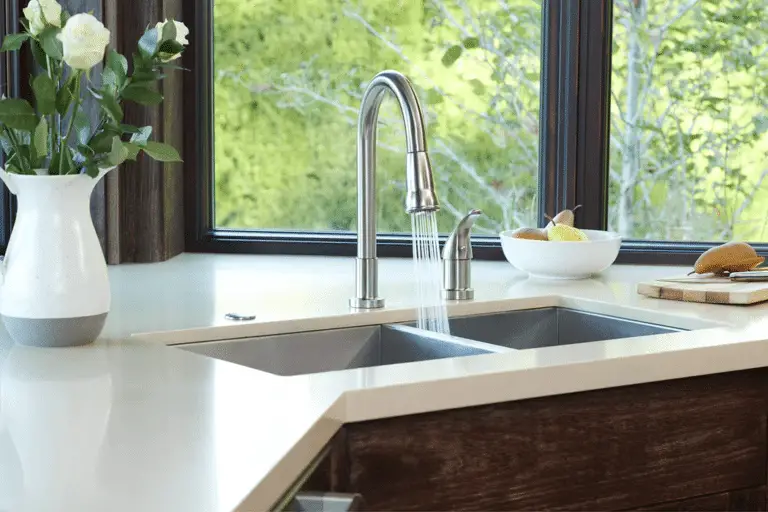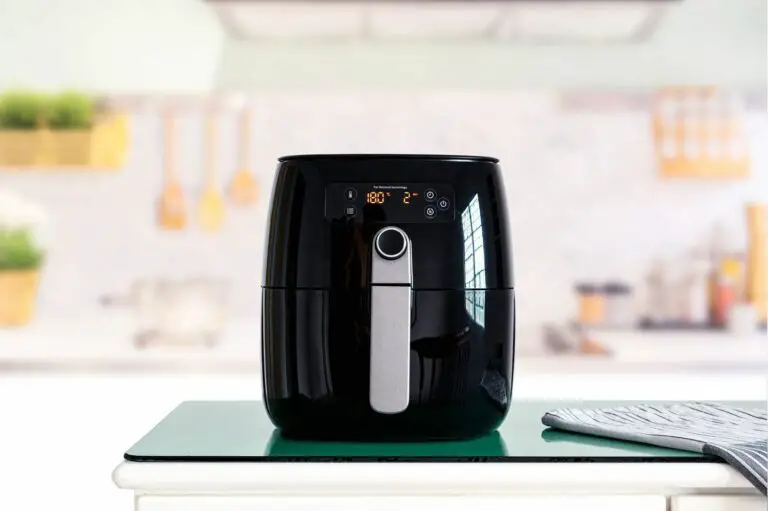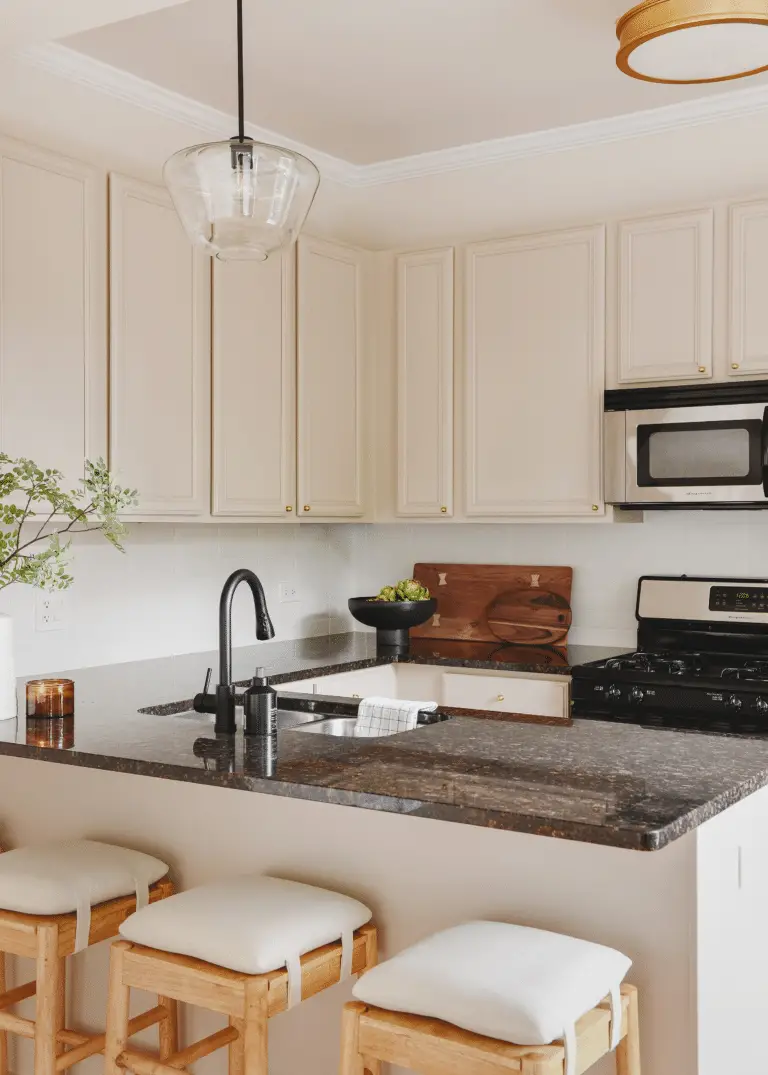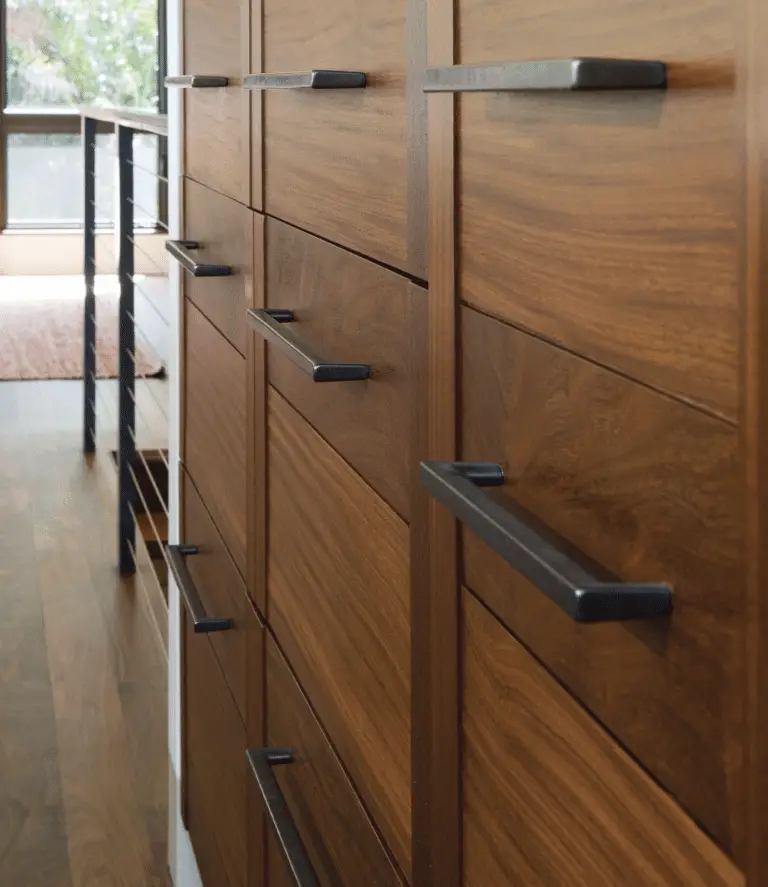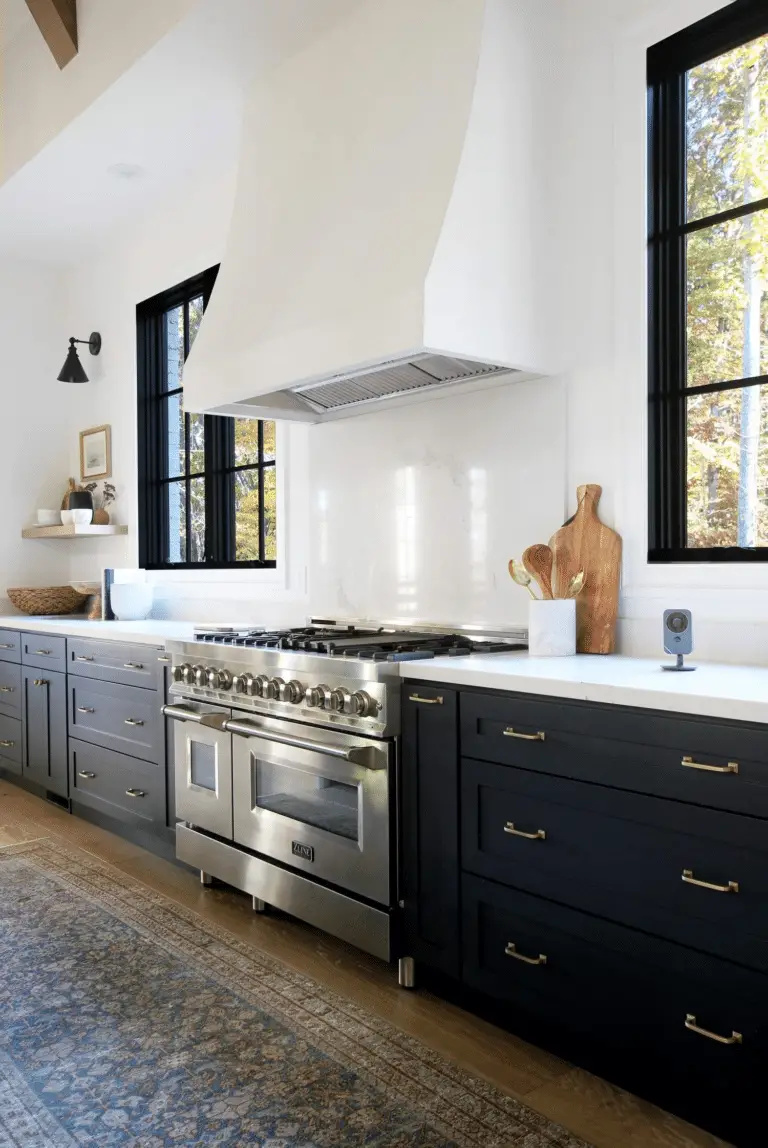Hey there, have you ever considered the impact of kitchen faucet materials and finishes on both durability and aesthetics? From brass to matte black, each material and finish has a unique influence on your kitchen decor. In this blog post, we’ll dive into the world of kitchen faucet materials and finishes, comparing functionality, discussing maintenance, and offering tips on how to choose the perfect combination for your kitchen. Let’s get started!
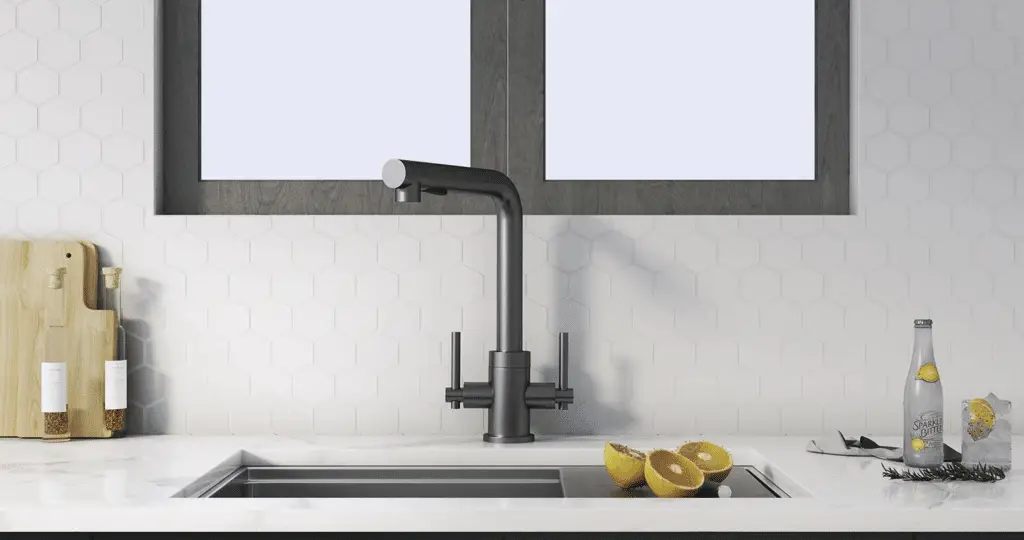
When designing or renovating a kitchen, it’s important to pay attention to even the smallest details, such as the materials and finishes of your kitchen faucet. The choice of faucet materials and finishes can have a significant impact on both the functionality and visual appeal of your kitchen. In this section, we will delve into the significance of kitchen faucet materials and finishes, and provide an overview of common options available in the market.
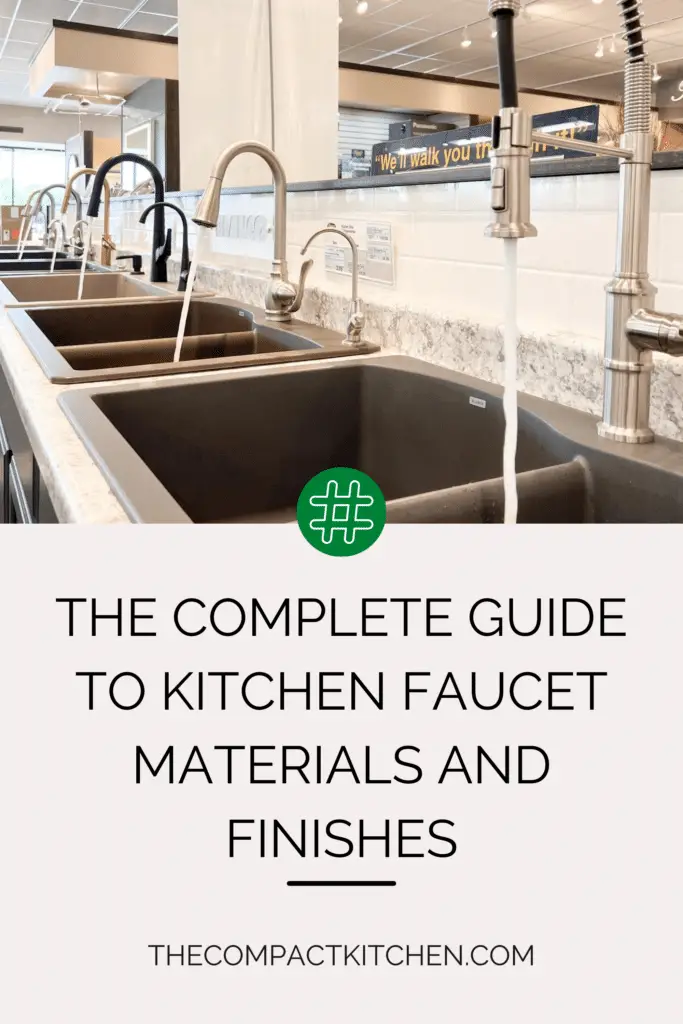
Importance of Faucet Materials and Finishes
Choosing the right material and finish for your kitchen faucet is crucial for several reasons. Firstly, the durability of the faucet material will determine its longevity and resistance to wear and tear.
Additionally, different finishes can greatly affect the overall aesthetic of your kitchen space. By understanding the importance of faucet materials and finishes, you can make informed decisions that align with your kitchen style and maintenance preferences.
Overview of Common Faucet Materials and Finishes
There are various materials and finishes commonly used in kitchen faucets, each with its own set of characteristics and benefits. Popular faucet materials include brass, stainless steel, and zinc alloy, each offering unique advantages in terms of durability and appearance. Likewise, finishes like chrome, bronze, nickel, and matte black provide different levels of resistance to tarnish, scratches, and corrosion.
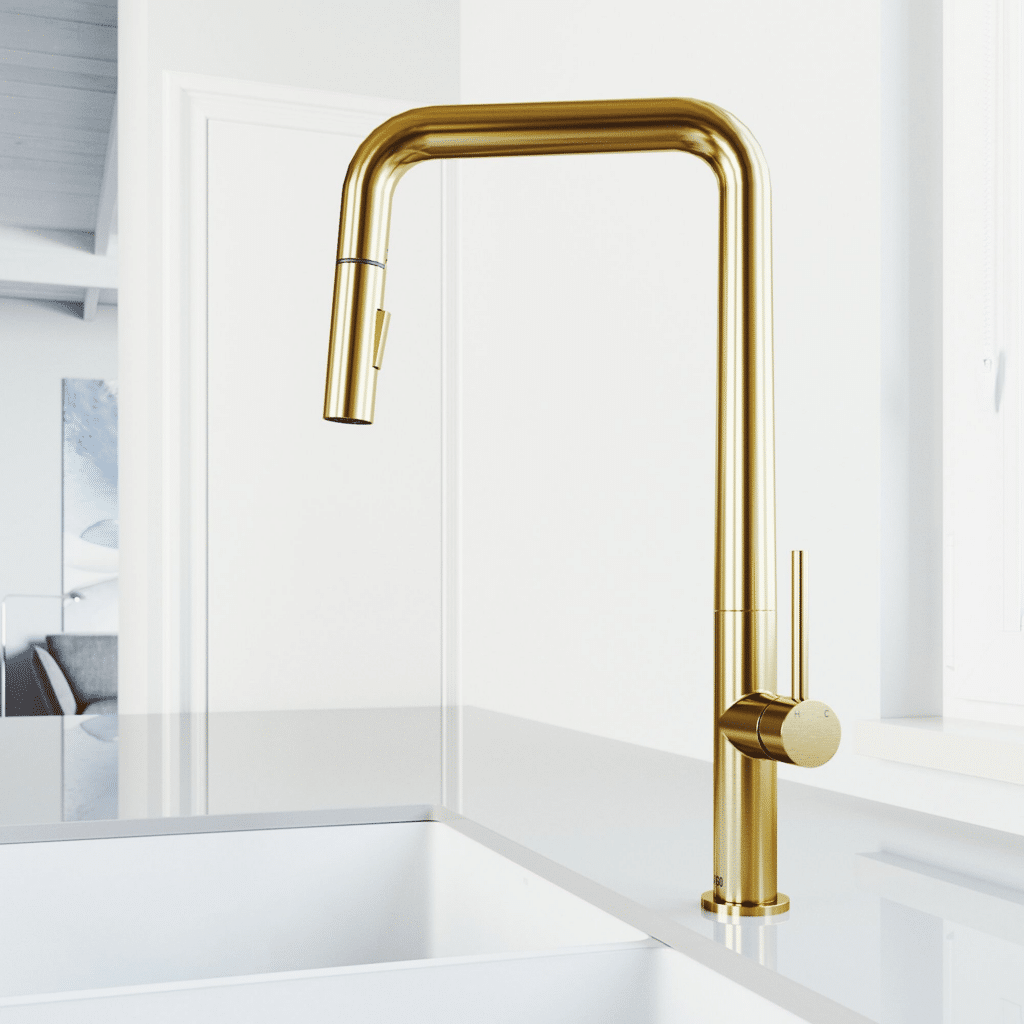
By familiarizing yourself with the different faucet materials and finishes available, you can make a well-informed decision that suits your kitchen style and maintenance needs. Whether you prefer a classic chrome finish or a sleek matte black faucet, understanding the impact of these materials and finishes is essential in creating a functional and visually appealing kitchen space.
The Impact of Kitchen Faucet Materials
When it comes to choosing a kitchen faucet, the material it’s made of plays a significant role in its functionality, durability, and overall aesthetic appeal. Different materials, such as brass, stainless steel, and zinc alloy, have varying impacts on the performance and look of your faucet.
Functionality and Durability
Brass faucets are known for their durability and longevity. They are resistant to corrosion and tarnishing, making them a popular choice for kitchen faucets. Stainless steel faucets are another excellent option for those looking for a material that is easy to clean, resistant to stains, and offers a sleek, modern look. On the other hand, zinc alloy faucets are a cost-effective choice but may not be as durable as brass or stainless steel.
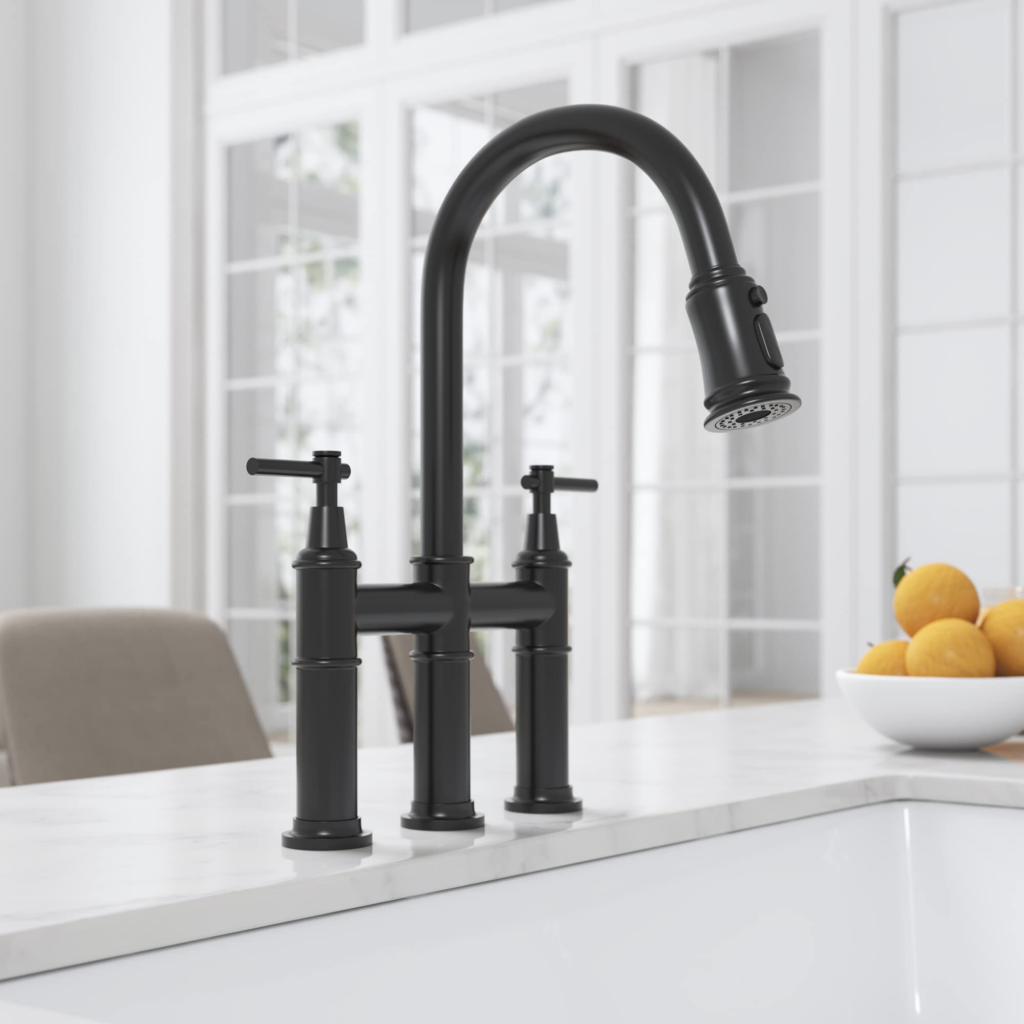
Understanding the life expectancy of different materials is essential when choosing a kitchen faucet. Brass and stainless steel faucets are known to last for many years with proper care and maintenance. On the other hand, zinc alloy faucets may require more frequent replacements due to their lower durability.
Impact on Overall Kitchen Décor
In addition to functionality and durability, the material of your kitchen faucet can have a significant impact on the overall look of your kitchen. Brass faucets add a touch of elegance and luxury to any kitchen, while stainless steel faucets offer a modern and sleek appearance. Zinc alloy faucets may not have the same visual appeal but can still complement certain kitchen styles.
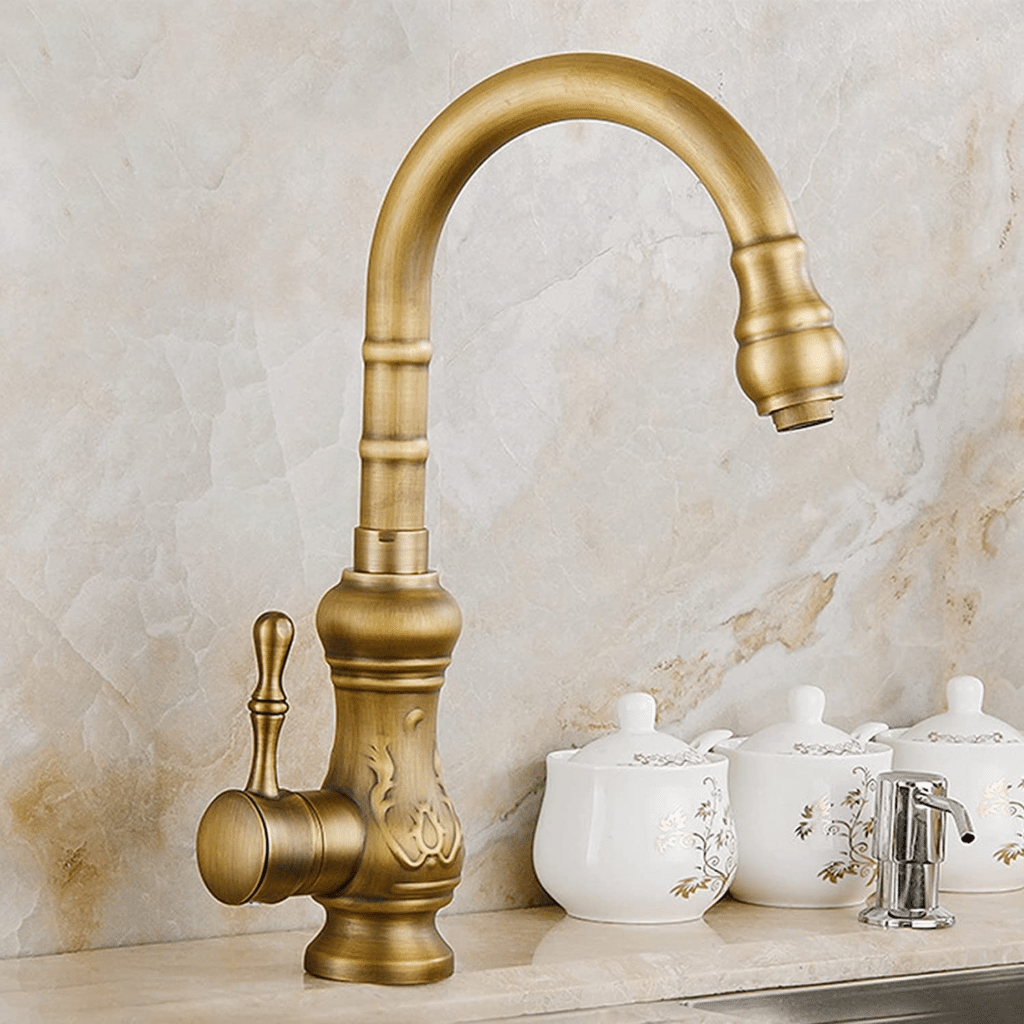
When choosing a material for your kitchen faucet, it’s essential to consider how it will fit in with the rest of your kitchen decor. Some materials may clash with your existing fixtures and appliances, while others may enhance the overall aesthetic of your kitchen.
The Influence of Kitchen Faucet Finishes

When it comes to selecting a kitchen faucet, the finishes play a crucial role in not only enhancing the visual appeal but also in ensuring longevity. The finish of a faucet can significantly impact its ability to resist tarnish, scratches, and corrosion, making it a key consideration in your decision-making process.
Analysis of Various Faucet Finishes
There are various finishes available for kitchen faucets, each with its unique characteristics and aesthetic appeal. Common finishes include chrome, bronze, nickel, and matte black. Chrome finishes offer a timeless and classic look that suits a wide range of kitchen styles. Bronze finishes, on the other hand, provide a warm and rustic feel to the kitchen, perfect for traditional or farmhouse-style kitchens. Nickel finishes add a touch of elegance and sophistication, while matte black finishes create a modern and sleek appearance.
Role of Finishes in Durability
Aside from their visual appeal, faucet finishes also play a crucial role in durability. Different finishes have varying levels of resistance to tarnishing, scratching, and corrosion. For instance, chrome finishes are known for their excellent resistance to tarnish and corrosion, making them a popular choice in many kitchens. Bronze and nickel finishes also offer good durability, while matte black finishes may require more maintenance to prevent water spots and fingerprints.
Contributing to Overall Visual Appeal

Finishes not only impact the durability of a faucet but also contribute to the overall visual appeal of both the faucet and the kitchen as a whole. The right finish can complement the existing decor and style of your kitchen, adding a cohesive and polished look. Whether you prefer a sleek and modern design or a more traditional and elegant feel, the finish of your kitchen faucet can tie the entire space together.
When choosing a finish for your kitchen faucet, consider factors such as maintenance requirements, durability, and how well it complements your kitchen style. By selecting the right finish, you can enhance the aesthetic appeal of your kitchen while ensuring that your faucet remains in top condition for years to come.
Choosing the Right Material and Finish for Your Kitchen Faucet
When it comes to selecting the perfect kitchen faucet, one of the most crucial decisions you’ll need to make is choosing the right material and finish. This choice will not only impact the overall aesthetics of your kitchen but also the functionality and durability of the faucet. Here are some key considerations to keep in mind when making this decision.
1. Balancing Practicality and Visual Appeal

When choosing the material and finish for your kitchen faucet, it’s essential to strike a balance between practicality and visual appeal. Consider how the faucet will complement the rest of your kitchen decor while also ensuring that it is durable and long-lasting. For example, a stainless steel faucet offers a sleek and modern look while being highly resistant to corrosion and tarnishing, making it a practical choice for busy kitchens.
2. Kitchen Style and Use Frequency

Another important factor to consider when selecting a material and finish for your kitchen faucet is your kitchen style and how frequently the faucet will be used. For a traditional kitchen, a brass faucet with an antique finish may be the perfect choice to complement the classic decor. On the other hand, a matte black faucet can add a touch of modern elegance to a contemporary kitchen. Consider how often the faucet will be used and choose a material and finish that can withstand daily wear and tear.
3. Personal Preference
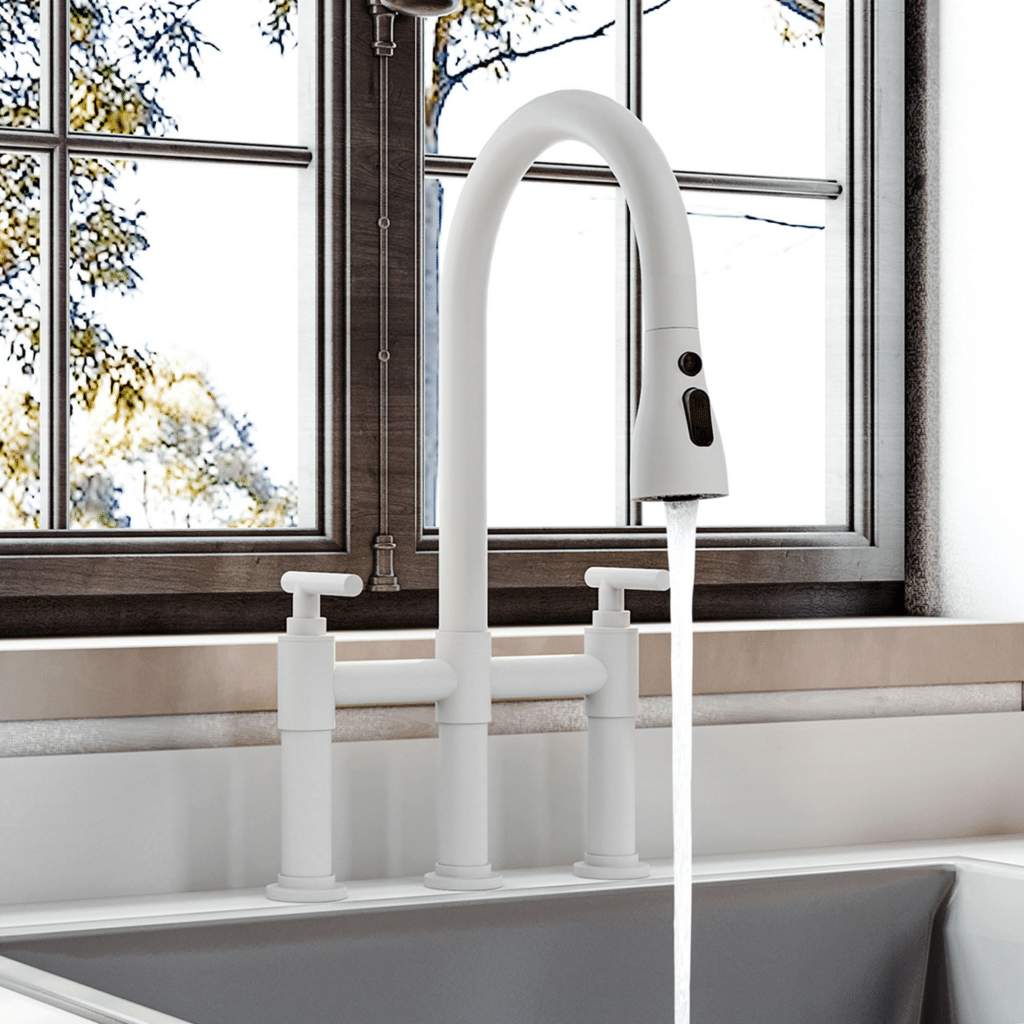
Ultimately, the decision of choosing the right material and finish for your kitchen faucet comes down to personal preference. Consider your own style and taste when making this decision. Whether you prefer the timeless elegance of a chrome finish or the bold statement of a brass faucet, choose a material and finish that resonates with your personal aesthetic.
By carefully considering these factors, you can select a kitchen faucet that not only enhances the visual appeal of your kitchen but also meets your practical needs for years to come.
Maintaining Your Kitchen Faucet’s Material and Finish Over Time
Once you have invested in a high-quality kitchen faucet with the perfect material and finish, it’s important to ensure that it remains looking and functioning like new for years to come. Proper maintenance and cleaning are key to preserving the faucet’s longevity and visual appeal. Here are some essential tips to help you maintain your kitchen faucet’s material and finish over time.
Guidance for Cleaning and Maintenance
Regular cleaning is crucial to keeping your kitchen faucet in top condition. For faucets with different materials and finishes, it’s important to use the appropriate cleaning products and methods to avoid damage.
For stainless steel faucets, a mild detergent and water solution is usually sufficient for cleaning. Avoid harsh abrasives or scouring pads that can scratch the surface. Brass faucets can be cleaned with a mixture of vinegar and water or a specialized brass cleaner. To maintain the shine of a chrome finish, a gentle cleaning with dish soap and water is recommended. Matte black finishes should be cleaned with a soft cloth and mild soap to prevent discoloration.
Influence of Harsh Cleaning Substances
While it’s important to keep your kitchen faucet clean, it’s equally important to avoid using harsh cleaning substances that can damage the material and finish. For example, acidic cleaners can cause corrosion on brass faucets, while abrasive cleaners can scratch stainless steel surfaces. Be sure to read the manufacturer’s recommendations for cleaning and maintenance to avoid any potential damage.
Tips to Prevent and Reduce Wear and Tear

In addition to regular cleaning, there are a few simple tips you can follow to prevent wear and tear on your kitchen faucet. One tip is to avoid using excessive force when operating the faucet handles, as this can lead to premature wear. Another tip is to fix any leaks or drips promptly to prevent water damage and mineral buildup. Additionally, consider installing a water softener if you have hard water, as this can help prevent mineral deposits on the faucet surface.
By following these maintenance tips and taking proper care of your kitchen faucet’s material and finish, you can ensure that it remains an attractive and functional centerpiece in your kitchen for years to come.
Choosing the Perfect Combination for Your Kitchen Faucet
When it comes to selecting the ideal material and finish for your kitchen faucet, it’s essential to strike a balance between durability and aesthetics. Consider factors like functionality, maintenance, and overall kitchen style.
Whether you opt for brass for a classic look or matte black for a modern appeal, your choice should reflect your personal taste and lifestyle. By maintaining your faucet regularly and with care, you can ensure that it remains both functional and visually appealing for years to come.



